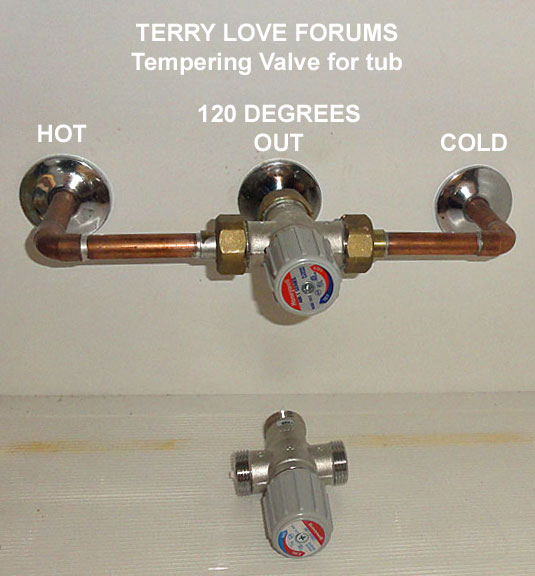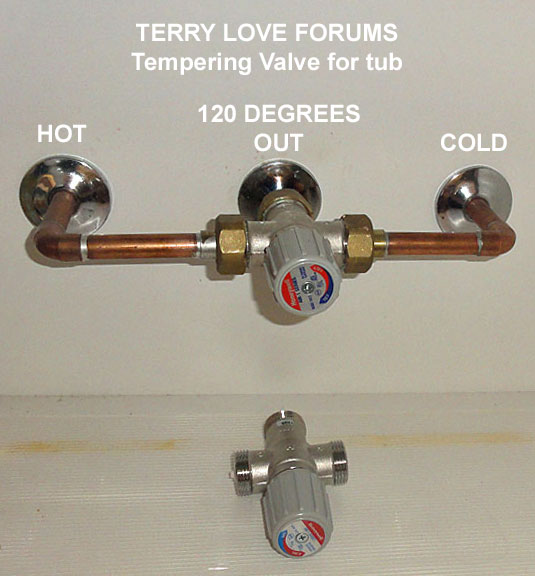Archsusie
New Member
I would like to install a wall mounted shower/tub filler with two or three (with diverter) handles to control the water flow. The shower system that I am considering, Kingston Brass KBX8138NDL, does not come with a pressure balanced valve. As I understand the residential code regulations, water settings must be limited to 120F. I don't see how I can do this with any of the two handle systems. Any advice? I prefer the look of the two handle system to the large round balance pressure valve.


